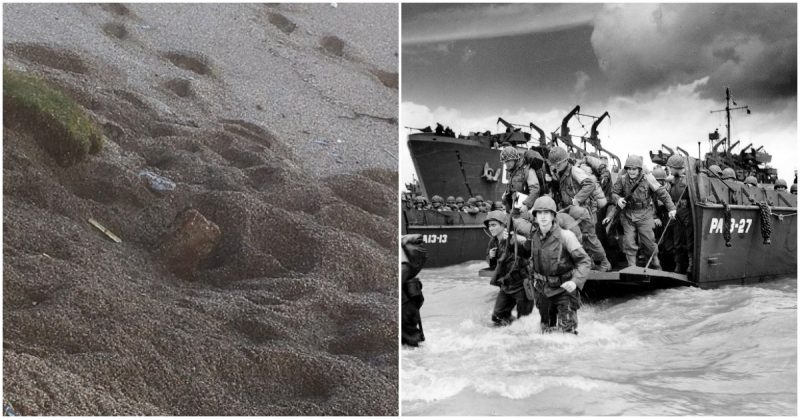This winter’s storm Emma combined with the “Beast from the East” has caused massive disruptions in the United Kingdom and Europe. High winds, blizzards, and low temperatures have not only caused death and destruction but are ruining the coastal areas with extreme erosion.
The erosion uncovered a live WWII anti-tank mine and a 15mm shell on Slapton Beach, Devon in southwest Britain just days apart in early March. Although it is not unusual for WWII ordinance to be discovered on the shores of the English Channel, such events are usually much farther apart. The Coast Guard sealed off the area until the bomb squad could safely detonate the explosives.
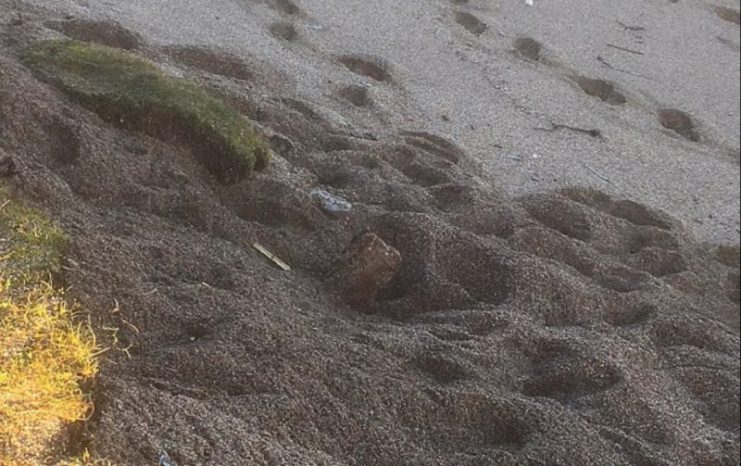
Most major WWII incidents near the English Channel have been well documented. The evacuation at Dunkirk in 1940 and the D-Day invasion in 1944 are or should be, common knowledge for any high school student. What is not usually known about is the dress rehearsal for D-Day called Operation Tiger staged in April of 1944.
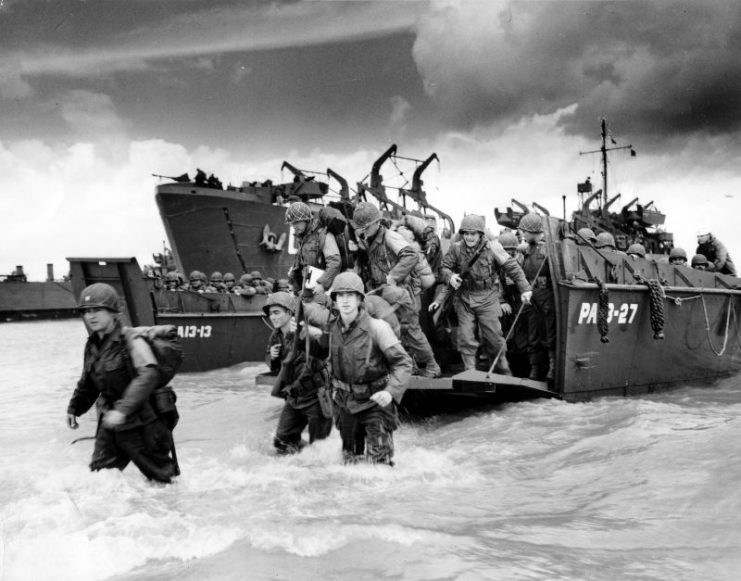
To simulate the anticipated conditions, live ammunition was used. It necessitated the evacuation of about three thousand people from Cornwall and Devon so US Armed Forces could move in and begin their perilous invasion drill. The Allies brought in assault ships, tanks, and airplanes as well as general military firearms.
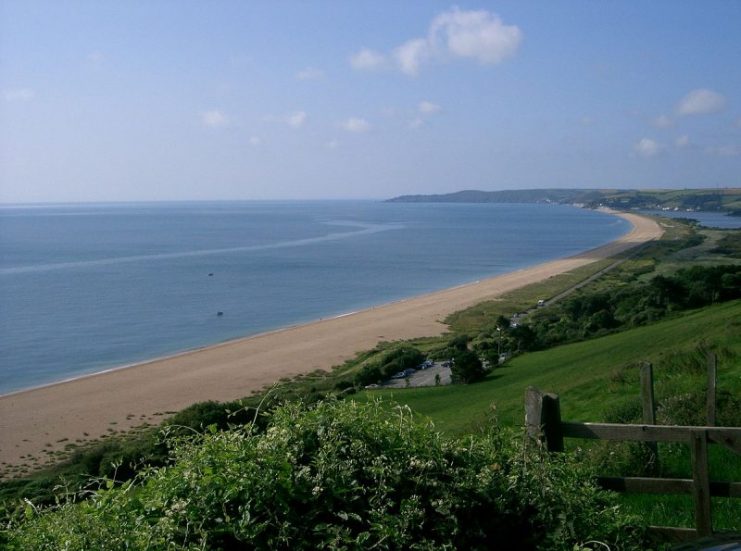
As they were poised to begin the exercise, German E-boats armed with torpedoes were alerted by radio transmissions in the area. They approached from the rear and opened fire sinking two ships and severely damaging a third. Over seven hundred soldiers and sailors were killed, mostly by drowning when they tried to escape from the sinking ships. The English and American governments chose to keep both the exercise and the unfortunate results quiet even to the point of burying the victims in unidentified graves and threatening the survivors if they spoke of the operation. According to survivor Lieutenant Douglas Harlander:
“I dived off and got away as fast as I could… In the coming weeks, I came to realize that the ordeal I survived was not to be officially acknowledged by the Navy or the United States or British governments. I feel the report was classified to prevent damaging the morale of the D-Day soldiers who had to travel through those same waters to reach their destination on 6 June 1944. The sad part of the whole thing is that the surviving family members didn’t know for so many years what had happened. They were told only that their loved ones were missing in action or killed in action. I estimate that at least two-thirds of those on board never made it off the ship and today their remains rest at the bottom of the English Channel.”
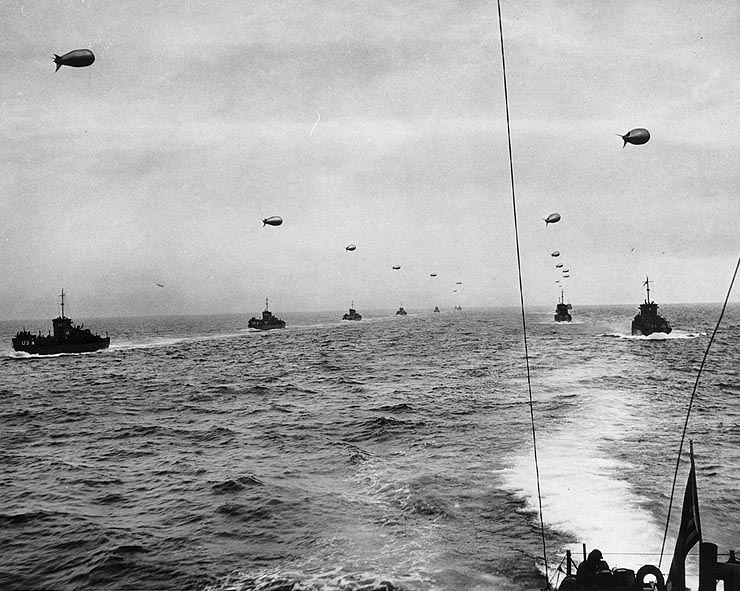
Forty years later the information was quietly released.
One evening in the 1980s the mother of Gunner’s Mate 3rd Class Thanuel Shappard was watching a WWII documentary on television. She happened to notice the date of the death of her son coincided with the date of Operation Tiger. After doing some checking, she discovered her son had been on one of the ships that had been sunk. All she had been told was that her son had died in action.
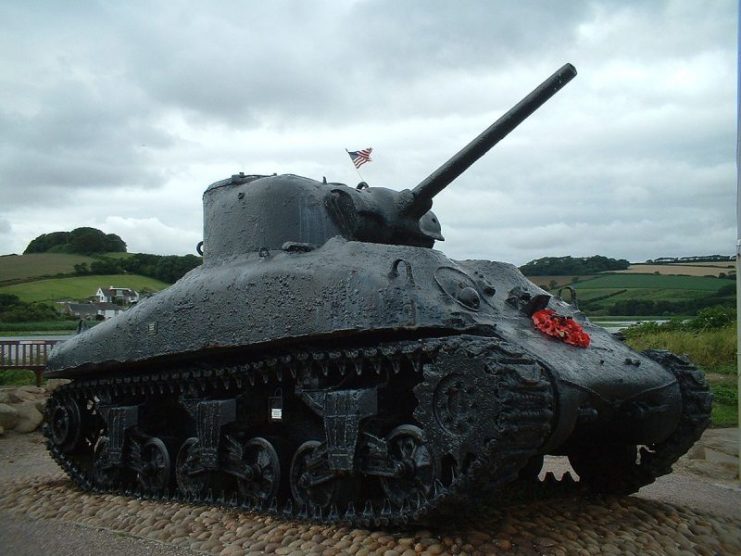
In 1984 a tank was raised from the English Channel after the work of Ken Small, author of The Forgotten Dead, spent several years petitioning to have it preserved after finding it in 60 feet of water. Small bought the Sherman tank from the government for fifty dollars and had it brought back to land in a small public area. Determined to create a memorial to those whose deaths had been swept under the rug, Smalls restored and maintained the tank until his death in 2004. His son, Dean, took over. In 2014 a plaque was mounted on the tank memorializing Smalls’ effort to tell the story no one else would.
